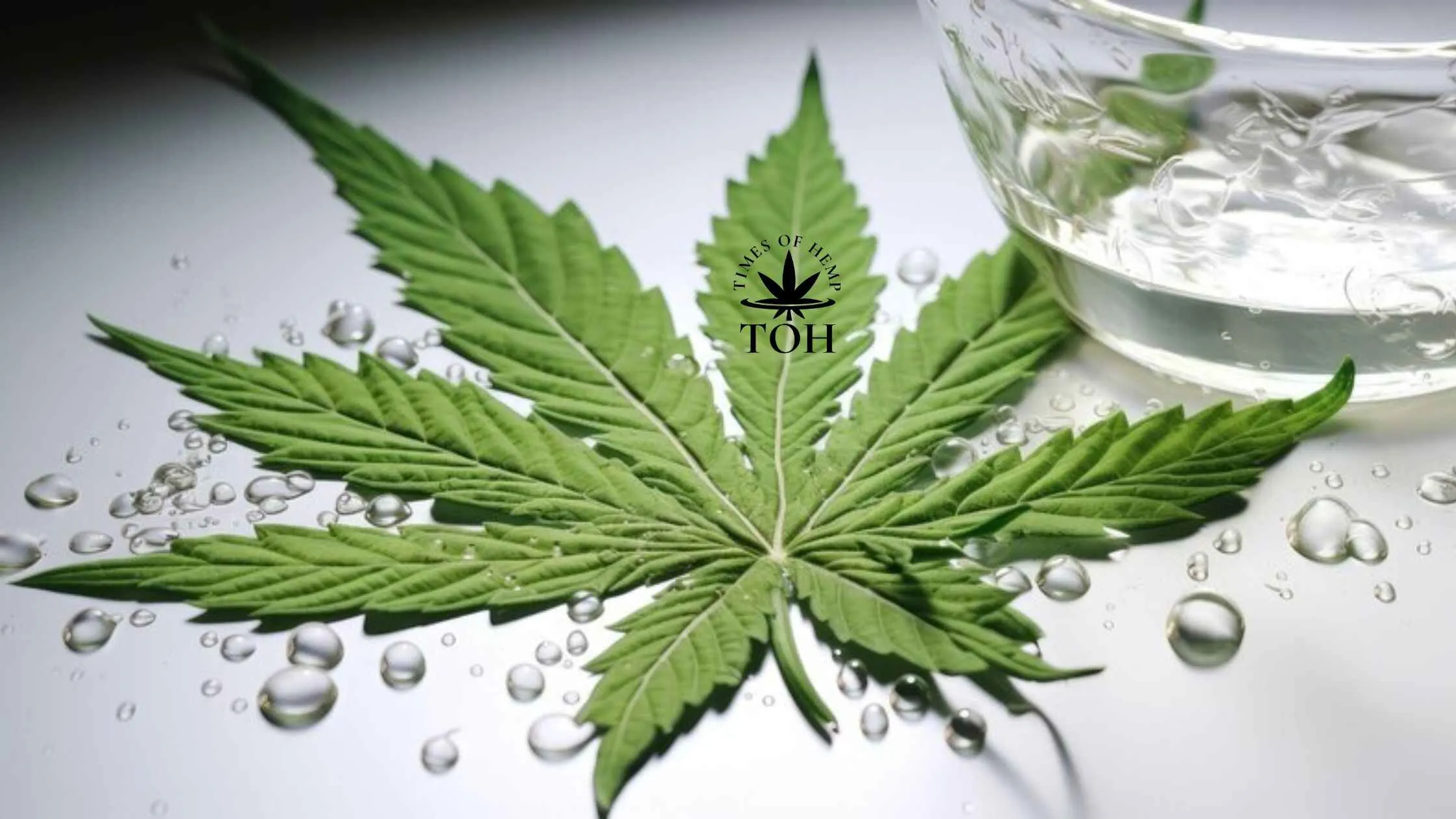Cannabinoids Chart With Simple Explanations
What are the principal cannabinoids? As more people go on about the positive uses of cannabis, it seems like new cannabinoids keep popping up left and right. To clear up the confusion, we set out to come up with a no-frills cannabinoid chart.
All of the alphabet combinations can start to blend, especially when everything looks the same. Between CBD, THC, CBG, CBN, and so on, the sheer number of cannabinoids leaves us tangled in a web of questions. Outlining the top cannabinoids also involves some introductory chemistry, which can cause us to feel intimidated.
No need to worry. We’ll go over the most updated research and cover the chemistry in this scannable cannabinoid chart without all of the confusing mumbo jumbo you see on other sites. Without further ado, get ready to read the most straightforward cannabinoid chart with simple explanations and visuals.
Cannabinoid chart:
Each header is organized based on the chemical breakdown of cannabinoids. We’ll cover CBGa first and then work our way down to CBN. For each cannabinoid, we’ll list its key features, effects, and potential medical benefits.
Feel free to scan and scroll down to the cannabinoid which interests you the most! But first, some definitions. Cannabinoids are compounds found in the Cannabis sativa plant. There are presently 104 variations[1], although this number keeps changing as scientists learn more and conduct better tests.
The two most popular cannabinoids—also known as the “main cannabinoids”—are THC and CBD. Of course, there are others that we’ll go over shortly. Two other terms you need to understand are the endocannabinoid system (ECS for short) and decarboxylation. If you didn’t already know that the body naturally produces endocannabinoids in the central nervous system, you’re on your way to understanding cannabasics pretty quickly.
Our bodies are constantly trying to reach homeostasis or internal balance. Therefore, endocannabinoids bind to different receptors in the body to relieve pain and dodge stress.
Your body goes into homeostasis with the help of “feel-good” hormones like dopamine and serotonin. When we use cannabinoids, the ECS functions even better. (Hello, plant medicine!)
Now for the straightforward explanation of decarboxylation. Cannabinoids turn into different forms (aka synthesis) as they’re heated. The process of decarboxylation involves heating the raw form of cannabinoids to lose carbon dioxide molecules. From there, you have “activated” new cannabinoids like THC, CBD, and CBG.
Most of the cannabinoids with more than three letters (CBGVA, for instance) are simply versions of the same cannabinoid with shorter chemical structures.
List of different cannabinoids
CBGa (Cannabigerolic acid)
Key features: CBGa is nicknamed the “mother of all cannabinoids” because every other compound is formed from it. It’s non-psychoactive before decarboxylation, after which CBGa produces THC, CBD, CBC, and CBG.
Effects: Mood enhancer, pain reliever, appetite stimulant, antibacterial, neuroprotective. Potential medical benefits: Treatment for cardiovascular disease, inflammatory bowel disease, diabetes, depression, osteoporosis, Huntington’s, Parkinson’s, and Alzheimer’s
THC (Tetrahydrocannabinol)
Key features: THC is a famous psychoactive cannabinoid. It is one of the two most present compounds found in cannabis. THC is legal in some states but isn’t legal federally. Effects: Synonymous with feeling “high,” having the “munchies,” and getting “cotton mouth.” It increases appetite, makes people feel more sociable, and has anti-inflammatory properties.
Potential medical benefits: Common treatment for anxiety, insomnia, migraines, nausea, pain, and cancer.
CBD (Cannabidiol)
Key features: CBD is the non-psychoactive component in cannabis. It is legal in almost every state (all but three). It contains less than 0.3% THC in its hemp-derived form. Effects: Supports mood enhancement, anti-inflammation, wakefulness, and sleep. Potential medical benefits: Treatment for anxiety, depression, insomnia, glaucoma, migraines
CBC (Cannabichromene)
Key features: CBC is non-intoxicating (if you’re picking up a pattern here, it’s because THC is the only psychoactive cannabinoid). CBC works well with other cannabinoids in a synergetic relationship called the entourage effect.
Effects: Anti-inflammatory, anti-tumor properties. Potential medical benefits: Treatment for breast cancer, acne, depression
CBN (Cannabinol)
Key features: CBN is a non-intoxicating cannabinoid that’s synthesized from aged THC. People often associate CBN with sleep because the THC enhances its drowsy effect. However, CBN doesn’t come from “old” cannabis, as some people think. It’s the CBN/THC combination that makes people sleepy (don’t miss out on the CBN supplement below to sleep more peacefully).
Effects: Mildly soothing, antibacterial, neuroprotectant, appetite stimulation
Potential medical benefits: Treatment for insomnia, arthritis, glaucoma, and ALS. Are you still with us? To address the cannabinoids that aren’t featured on this list, know that there are more than one hundred, each with its own acidic and non-acidic variants.
This cannabinoid chart is a stepping stone to understanding the cannabasics. It isn’t a comprehensive list simply because we’re waiting for science to catch up and tell us more about the benefits of cannabinoids. In the meantime, we do know that cannabinoids can help you sleep. We have a little trick up our sleeve that we’d like to share so you can take advantage of plant medicine for insomnia.
Disclaimer: This article is originally published on https://sovereignty.co/cannabinoid-chart/





